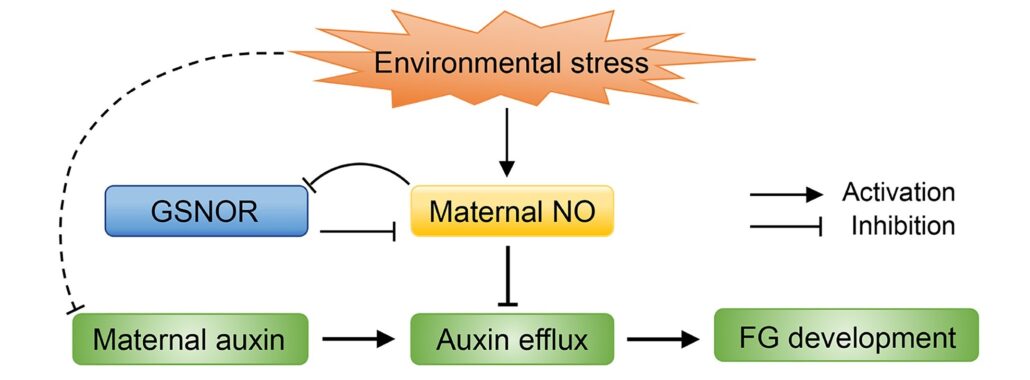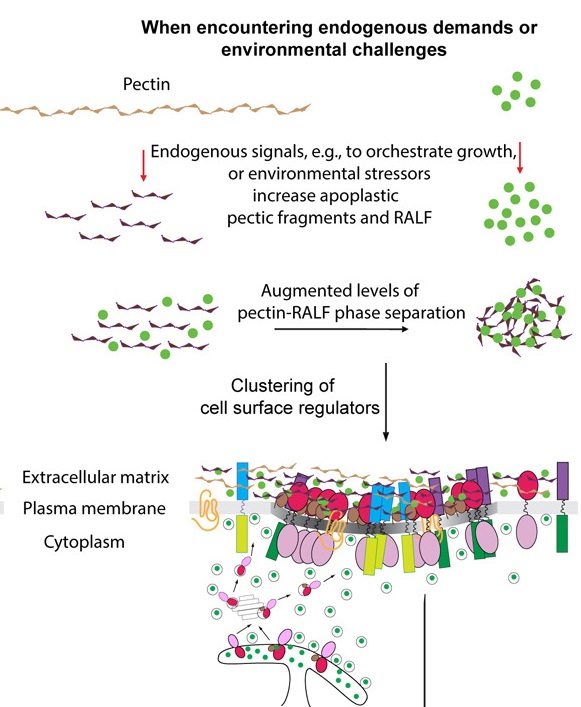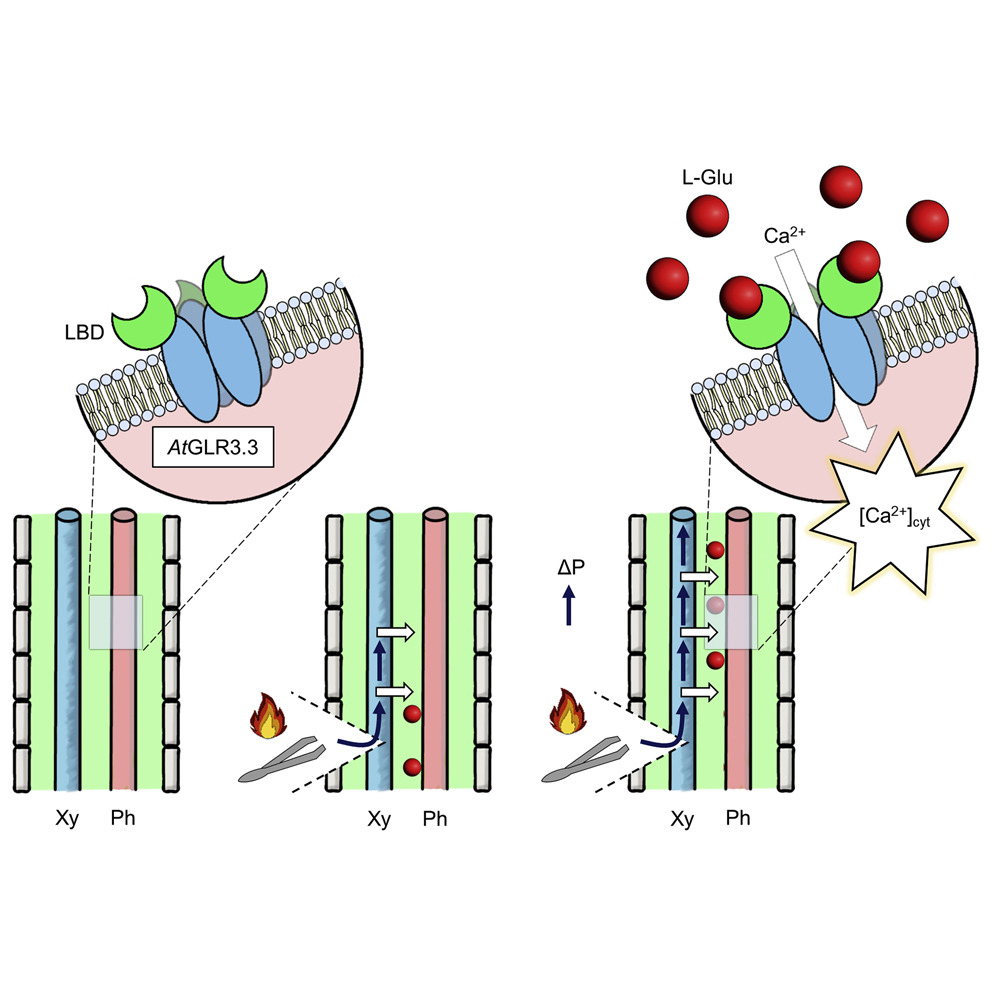
Interconnected memories: How heat stress and bacterial infection shape plant resilience
Blog, Plant Science Research WeeklyMemory—a mysterious cognitive process that retains information over time and shapes future interpretations and actions—is not exclusive to animals. In plants, a similar phenomenon occurs where past exposure to environmental stressors is “memorized,” enabling plants to respond more effectively…

Maternal nitric oxide influences female gametophyte development
Plant Science Research WeeklyNitric oxide (NO) acts as a signal molecule to regulate plant growth, from seed germination to floral formation. Female gametophyte (FG) development is sensitive to external signals; for example, in plants in adverse environements, a decrease in fertilizable FGs enhances the survival prospects of the…

Conjugation of ATG8 to vacuolar membranes as a response to cell wall damage
Plant Science Research WeeklyATG8 is a well-characterized protein involved in autophagy that binds to the double-membrane enclosed phagophore. In a new preprint, Julian et al. explore their finding that ATG8 binds to the single-membrane enclosed vacuolar membrane (tonoplast). They observed that this binding is enhanced by treatments…

Signaling secrets: FERONIA´s dynamic interplay with interactors at the cell surface
Plant Science Research WeeklyNamed after the Etruscan goddess of fertility, the receptor-like kinase FERONIA (FER) is involved in more than fertility. A recent paper by Liu, Yeh et al. sheds light on the intricate signaling processes taking place on the cell surface in response to environmental signals regulating growth and development…

Long-distance turgor pressure changes induce local activation of plant glutamate receptor-like channels
Plant Science Research WeeklyFollowing wounding or herbivory, plants can rapidly transmit signals systemically (over long distances). These systemic signals are thought to enhance plant defenses by preparing distant tissues for imminent attack. Genetic studies have shown that the glutamate receptor-like calcium channel GLR3.3 (a…

CCA1 is a regulator of ABA-mediated abiotic stress tolerance in rice (Plant Physiol)
Plant Science Research WeeklyIn rice, the circadian clock component gene Circadian Clock Associated 1 (OsCCA1) regulates flowering and nitrogen use efficiency. CCA1 is a MYB family transcription factor that follows a rhythmic expression pattern. Wei et al. confirmed the role of CCA1as a key hub in coordinating plant growth and abiotic…

Jaishree Subrahmaniam (she/her)
BlogJaishree is a joint MSCA fellow at the EcoScience, Chemistry and Molecular Biology units at Aarhus University (Denmark). Her PhD at INRAE (France) focused on understanding whether altruism and cooperation, the abilities to help one another, exist in plants. She believes that the biggest benefit that…

Prediction of gene responses to heat and cold stress in maize
The Plant Cell: In a NutshellZhou and colleagues dissect the transcriptional response of maize seedlings to cold and heat stress and explore to what extent gene expression can be predicted from cis-regulatory motifs in promoters by employing machine learning approaches
By Peng Zhou, University of Minnesota
Background: Plants…

